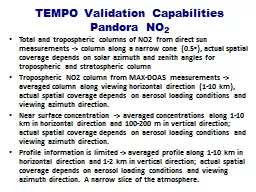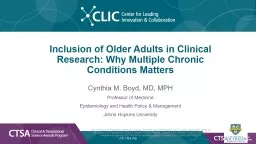PPT-Strategies to Manage the Pandora's Box of Comorbid Conditions
Author : tatyana-admore | Published Date : 2018-09-30
Eric F Patten RN BSN Senior Director of Clinical Services One Call Care Management Learning Objectives In this session we will Examine comorbid conditions that impact
Presentation Embed Code
Download Presentation
Download Presentation The PPT/PDF document "Strategies to Manage the Pandora's Box o..." is the property of its rightful owner. Permission is granted to download and print the materials on this website for personal, non-commercial use only, and to display it on your personal computer provided you do not modify the materials and that you retain all copyright notices contained in the materials. By downloading content from our website, you accept the terms of this agreement.
Strategies to Manage the Pandora's Box of Comorbid Conditions: Transcript
Download Rules Of Document
"Strategies to Manage the Pandora's Box of Comorbid Conditions"The content belongs to its owner. You may download and print it for personal use, without modification, and keep all copyright notices. By downloading, you agree to these terms.
Related Documents













